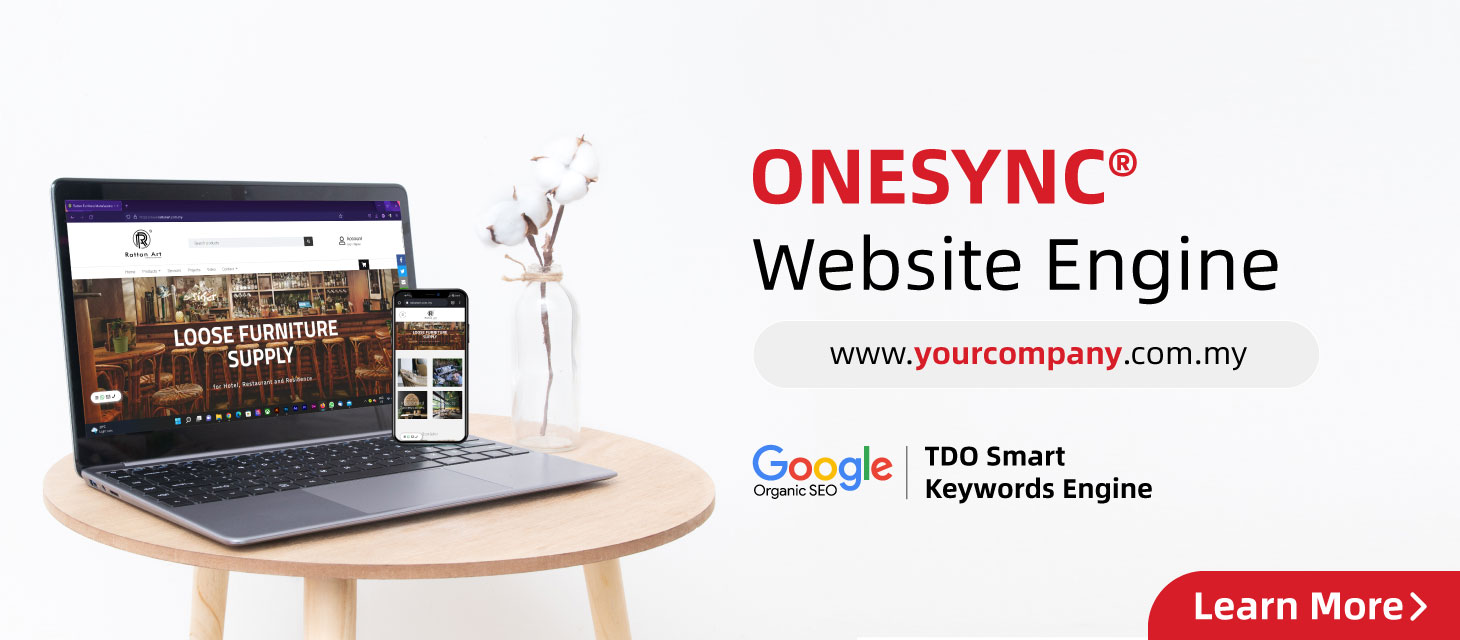What is Treated Wood? Its Advantages and Disadvantages
Treated wood is ordinary wood chemically treated to resist rot and insect infestation. This treatment enhances its durability, making it ideal for outdoor applications such as decks, fences, and siding. Various chemical preservatives, such as alkoxysilanes, polysiloxanes, colloidal silica, or organically modified silica, are used during treatment. The methods and approaches to treating wood vary among companies.
Pressure-Treated Wood and Its Uses
Pressure-treated wood is widely used in both outdoor and indoor construction.
Common Outdoor Uses:
- Decks
- Fences
- Ceilings
- Outdoor furniture
- Siding
Indoor Applications:
- Bathroom doors
- Kitchen platforms
- Flooring
How Is Pressure-Treated Wood Made?
- Wood Selection:
Not all wood types are suitable for treatment. Some species are naturally rot-resistant and do not require chemical treatment.
- Sorting and Grading:
- Wood is graded based on quality, size, and thickness.
- High-grade wood, often used for outdoor purposes, is more expensive.
- Wood is cleaned to remove debris, and defects like knots and splits are eliminated.
- Pressure Treatment Process:
- The wood is placed in a cylindrical vacuum chamber (80–220 feet long, 7–8 feet in diameter).
- Air is removed, and chemical preservatives are forced into the wood under high pressure (140–150 psi for several hours).
- Different pressures are applied depending on the wood type (e.g., 80–90 psi for softwoods).
- Drying:
- Treated wood is dried for 48 hours (in summer) or 1–2 weeks (in winter) to remove moisture and ensure stability.
Chemicals Used for Pressure Treatment
While Chromated Copper Arsenate (CCA) was once widely used, it has been banned since 2004 due to health and environmental concerns. Safer alternatives now include:
- Alkaline Copper Quaternary (ACQ)
- Copper Azole (CA)
- Micronized Copper Azole (MCA)
Types of Pressure-Treated Wood
- Above-Ground Treated Wood:
- Used at least 6 inches above the ground.
- Suitable for applications where maintenance is easy.
- Ground-Contact Treated Wood:
- Designed for direct contact with the ground or for applications less than 6 inches above the ground.
- Resistant to moisture and soil-borne insects.
Advantages of Treated Wood
- Insect Resistance: Prevents insect damage.
- Durability: Resists decay, extending its lifespan.
- Strength: Ideal for high-traffic applications like decks and flooring.
- Low Maintenance: Requires minimal upkeep.
- Versatility: Suitable for various indoor and outdoor uses.
Disadvantages of Treated Wood
- Health and Environmental Concerns:
- The chemicals used can be hazardous, making treated wood unsuitable for kitchens or food preparation surfaces.
- Burning treated wood releases toxic gases.
- Warping and Shrinkage:
- Excessive moisture during treatment can cause deformation as the wood dries.
- Chemical Risks:
- Treated wood may not be ideal for gardens or areas frequented by children and pets.
Safety Tips for Using Treated Wood
- Wear gloves and eye protection during handling.
- Wash hands thoroughly after working with treated wood.
- Keep treated wood away from children and pets.
- Allow treated wood to dry before staining or painting to prevent warping.
Is Treated Wood Safe?
Modern treated wood is safe for use as it no longer contains harmful chemicals like CCA. However, it should not be burned due to the risk of toxic fumes.
By taking appropriate precautions, treated wood can be a reliable and durable choice for your construction projects.
For more insights on sustainable wood solutions, visit Creatimber Global Sdn Bhd.






 BR 20492
BR 20492  VN 8275
VN 8275  MY 6622
MY 6622  US 2944
US 2944  AR 1903
AR 1903  CN 1366
CN 1366  EC 913
EC 913  MX 793
MX 793 






